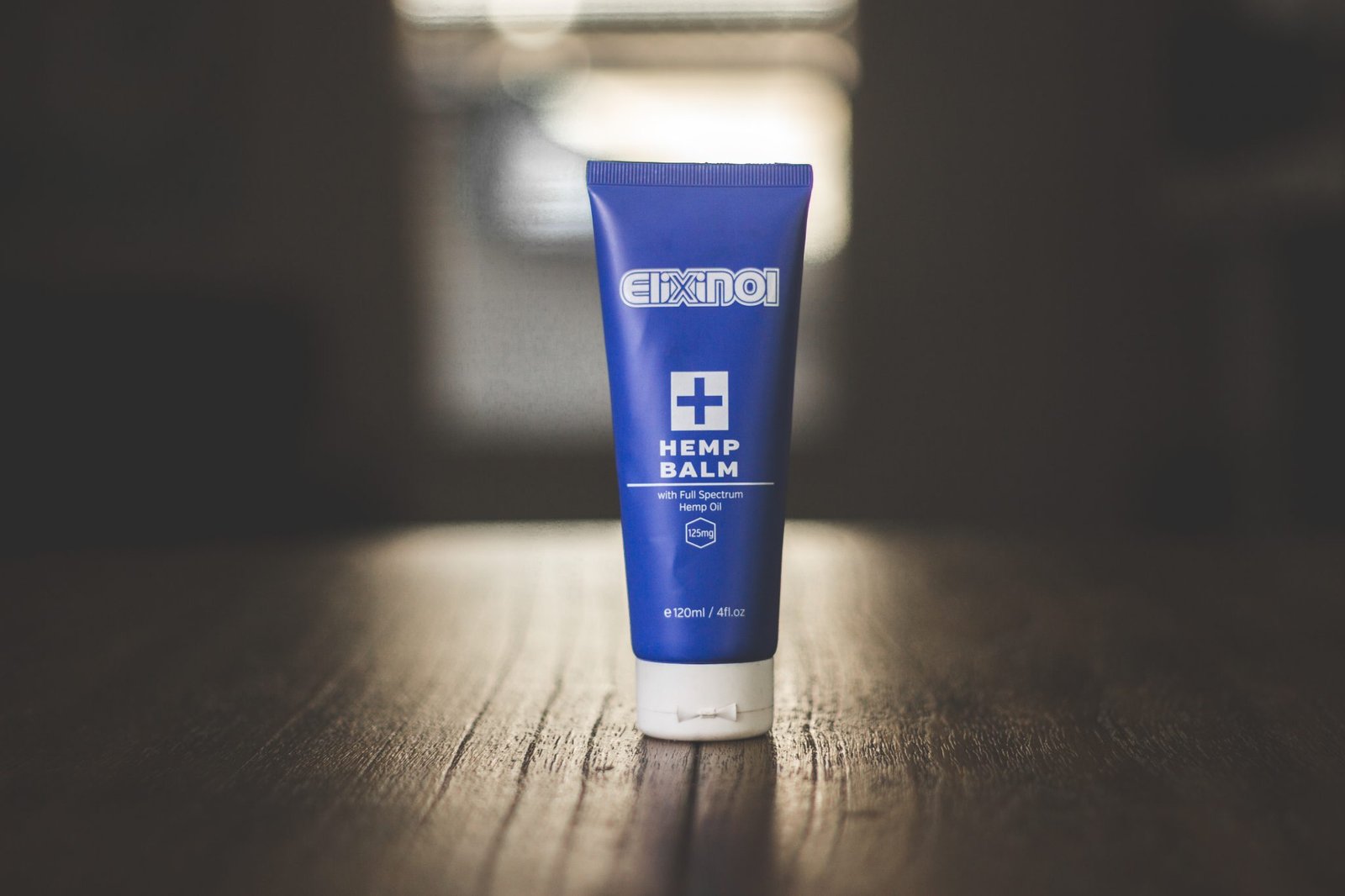By using THCA hemp flower, you can enjoy the benefits of cannabis without experiencing THC’s psychoactive effects. It can be consumed in various ways to suit different preferences and needs. Beginners should start with small, measured doses to ensure a safe experience. This approach helps the body adjust to the compound gradually.
Smoking THCA hemp flower is one of the most straightforward smoking methods. When smoked, the heat converts THCA into THC, releasing its unique properties. Another popular method is incorporating it into edibles by decarboxylating the flower first. This process allows it to be ingested while retaining its potential health benefits.

To ensure the best experience, it’s important to purchase high-quality THCA flowers. Premium strains can be enjoyed in a myriad of ways, making it easier to find the one that suits your lifestyle. Whether you choose to smoke, bake, or explore other methods, consuming THCA hemp flower can be a versatile and enjoyable addition to your routine.
Understanding THCA and Its Properties
THCA is a unique compound found in cannabis that has non-psychoactive properties and offers various potential benefits. It is chemically distinct from its more well-known counterpart, THC, and this difference is important for its stability and effects.
Chemical Structure of THCA
THCA, or tetrahydrocannabinolic acid, is a naturally occurring compound in raw cannabis plants. It has a distinct chemical structure that includes a carboxyl group (-COOH). This structure makes THCA an acid form and non-psychoactive.
When cannabis is heated or exposed to light, a process called decarboxylation occurs. This process removes the carboxyl group, converting THCA into THC, a psychoactive compound. Thus, the form in which cannabis is consumed plays a significant role in whether the effects are psychoactive or not.
Differences Between THCA and THC
The primary difference between THCA and THC lies in their psychoactive properties. THCA is non-psychoactive, meaning that it does not produce a “high” when consumed in its raw form. This is because it maintains its carboxyl group. In contrast, THC occurs after THCA undergoes decarboxylation. Heating or aging cannabis triggers this chemical reaction, transforming THCA into THC. This conversion makes THC the compound responsible for the psychoactive effects associated with cannabis.
Additionally, THCA is more stable than THC. It remains intact in raw cannabis and only converts into THC upon certain triggers like heat or light exposure.
Potential Benefits of THCA
THCA is gaining interest for its potential health benefits. Research suggests that THCA may have anti-inflammatory properties, making it beneficial for conditions such as arthritis. THCA might also have neuroprotective qualities, which could make it useful in treating neurodegenerative diseases.
Studies are exploring its potential to support digestive health and reduce nausea. Moreover, some users report improved sleep and reduced anxiety.
Unlike THC, THCA doesn’t produce a high, making it more appealing for those looking for medicinal benefits without psychoactive effects.
Safe Consumption Methods for THCA Hemp Flower
THCA hemp flower can be consumed safely through proper preparation and methods. It’s important to understand how to activate THCA, effective inhalation techniques, and ways to integrate it into edibles and infusions.
Decarboxylation and Activation
THCA is non-psychoactive in its raw form. To activate its effects, it must undergo decarboxylation, a process that converts THCA into THC. This is typically done by heating the hemp flower. The optimal temperature for decarboxylation is around 230°F (110°C) for 30-45 minutes.
Using an oven is one of the most common methods. Spread the hemp flower on a baking sheet lined with parchment paper to ensure even heating. This method retains potency and ensures that the cannabinoids are activated without degrading.
Inhalation Techniques
Inhalation is a popular method for consuming THCA hemp flowers. This can be done through smoking or vaporizing. Smoking THCA hemp flower is straightforward—using a pipe, bong, or rolling it into a joint.
Vaporizing, however, is considered a healthier option as it heats the flower at a lower temperature, reducing the intake of harmful byproducts. A dry herb vaporizer is used to heat the hemp flower between 315°F and 440°F, activating THCA without burning the plant material. Proper inhalation techniques involve taking slow, steady breaths to fully absorb the cannabinoids.
Edibles and Infusions
THCA hemp flower can also be integrated into edibles and infusions. Before creating edibles, it’s important to decarboxylate the hemp flower.
Once decarboxylated, the hemp flower can be infused into butter or oil, which can then be used in cooking or baking. This process involves heating the decarboxylated flower with the fat of choice at a low temperature, typically around 180°F to 200°F, for a few hours. This method ensures that the cannabinoids bind well with the fat, making it easy to incorporate into various recipes like cookies, brownies, or savory dishes.
Conclusion
Using THCA hemp flower safely involves several steps. Begin by purchasing high-quality THCA hemp flowers from trusted vendors to ensure a safe product. Gradually introduce THCA hemp flower into your routine, starting with small doses and monitoring your body’s response.
Heat converts THCA to THC, which has psychoactive effects. Therefore, properly decarboxylating the flower when preparing edibles is important for a consistent experience.
Understanding the benefits and legal status of THCA hemp flower can help guide your decisions and ensure a positive experience. Following these guidelines allows for the safe and effective consumption of THCA hemp flower.






